- Morel mushrooms grow all over the world but are extremely hard to find. Prized in French cuisine, morels have to be foraged since many species struggle to grow commercially.
- Lion’s mane mushrooms grow in elegant tendrils on tree trunks. The smaller the specimen, the more delicate and flavorful it will be.
- There are thousands upon thousands of different fungal species out there in the world, and only a few of them are truly toxic. buy magic mushrooms online in oregon
When it comes to identifying different types of edible mushrooms, you need to be careful and confident before you consume anything. There are thousands upon thousands of different species of fungi out there in the world, but most of them are not toxic. Knowing what types of edible mushrooms there are is only the first step to foraging for your own. buy mushrooms online in usa
In this article, we will give you a list of some of the most delicious and common types of edible mushrooms found around the world. While you will need to do your own research and ensure that you are practicing proper foraging habits, this list should give you a good place to start when it comes to delicious mushrooms that you can eat! Let’s get started.
1. Morels
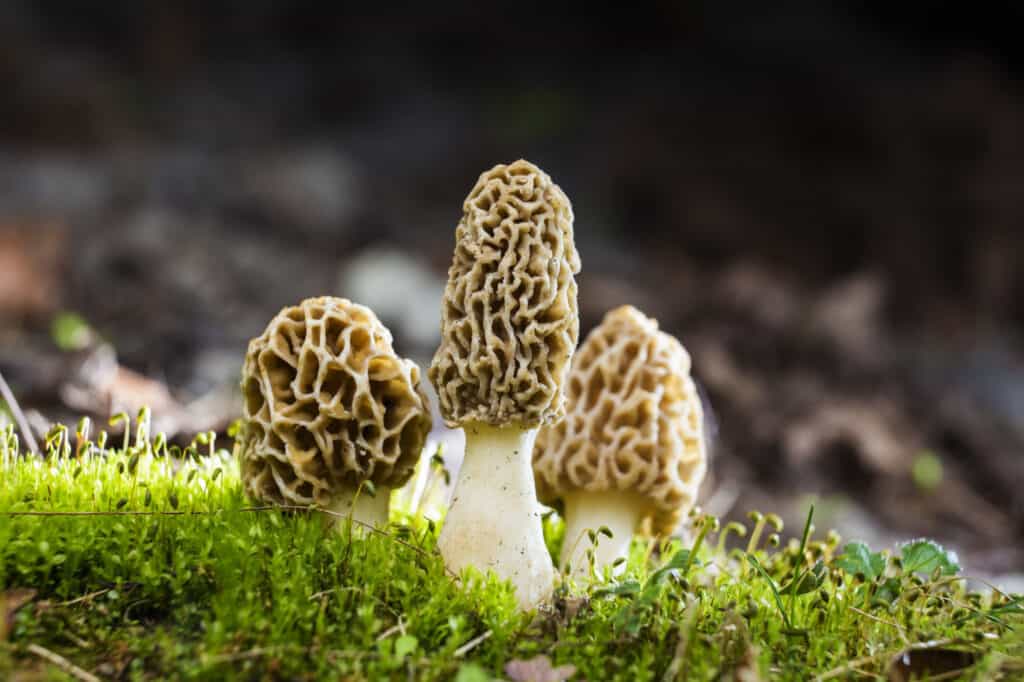
Highly prized in French cuisine among many others, morel mushrooms are difficult to find. You can forage for morels during different times of the year depending on where you are located and the species you are hoping to find. They grow around the world on pine, ash, elm, tulip poplar and other trees in the US, but little is known about how they propagate. Most attempts at growing morels in a commercial setting have failed, leading to more mystery as to how they spread. Their trademark wrinkled caps are fairly easy to pick out, but be aware that false morel mushrooms also exist.
Morel mushrooms are also frequently consumed by the grizzly bears in Yellowstone National Park!
2. Chanterelles
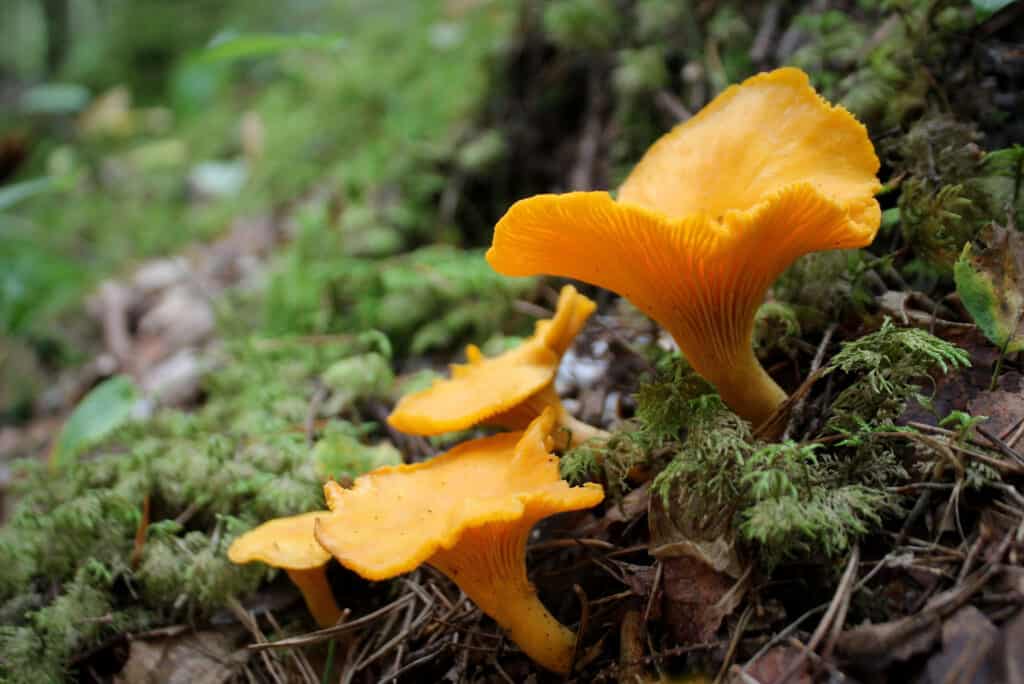
There are a number of different species of chanterelle mushrooms, depending on your region. They thrive in moist, mixed hardwood forests on the East Coast and in coniferous forests in the Pacific Northwest. Most chanterelles are golden or yellow in color, with some white and blue species as well. Chanterelles are highly prized in the culinary industry for their unique flavor and ease of cooking. You can sauté chanterelles, dry them, cook them in wine, and much more!
3. Boletes

There are many different types of bolete mushrooms, and many of these are edible. Some of the most popular and prized bolete mushrooms include the king bolete and the bronze bolete. Many beginning foragers start their mushroom hunting journey by learning about different types of bolete mushrooms, primarily because there are very few toxic boletes. However, you can never be too careful when it comes to mushrooms!
4. Lion’s Mane Mushrooms
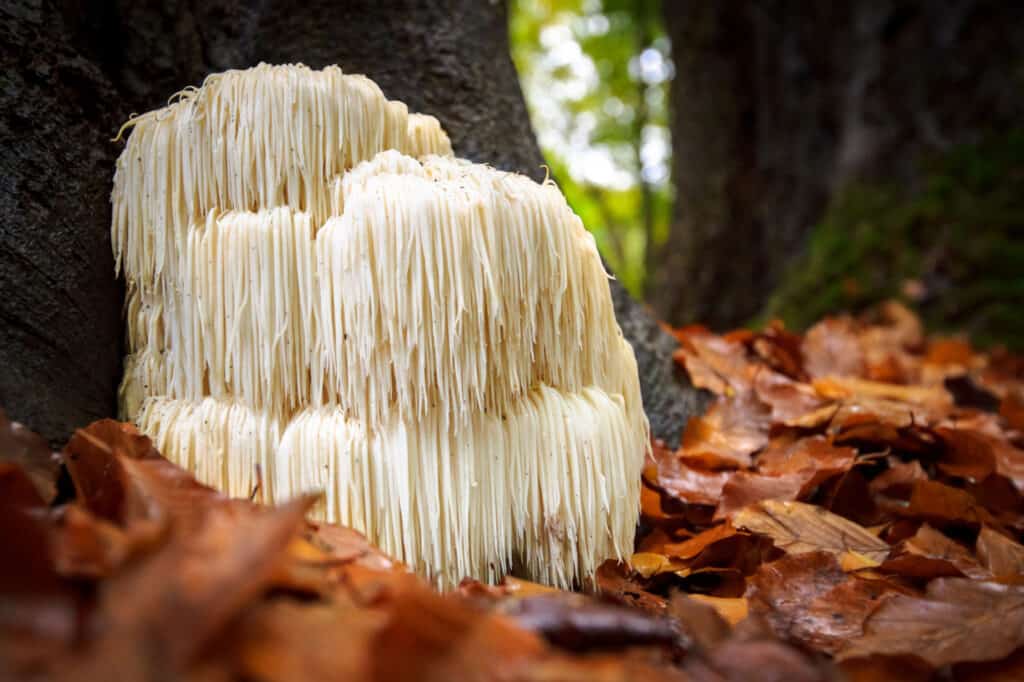
The lion’s mane mushroom, while odd in appearance, is indeed a culinary mushroom. This elegantly unique and rare mushroom grows in long tendrils on the trunks of trees. If you are foraging for lion’s mane mushrooms, look for the whitest specimens, as well as the ones with the shortest teeth or tendrils. This will lead to a more delicate and flavorful find! Note that, if you live in the United Kingdom, this mushroom is protected and illegal to pick.
5. Oyster Mushrooms

If you are seeking a relatively common mushroom in the wild or in your grocery store, you should definitely give oyster mushrooms a try. These mushrooms are among the most common in the world, commercially cultivated as well as frequently found by wild foragers. They have a uniquely meaty flavor and they tear easily without needing to be chopped.
6. Chicken of the Woods
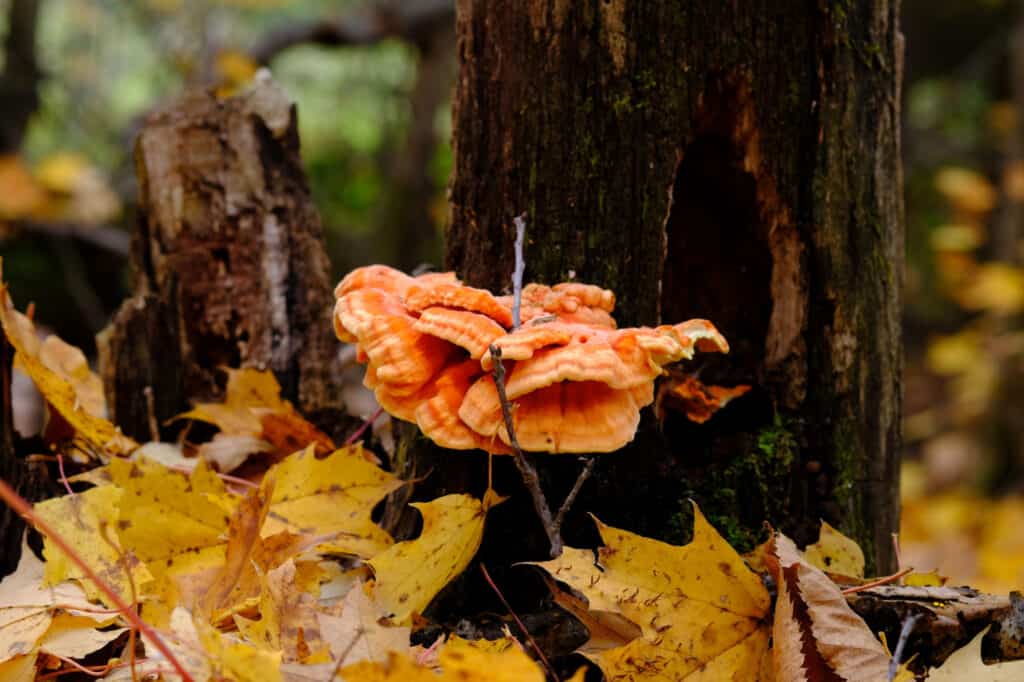
Growing as large shelves along oak and willow trees, you are in for a treat if you find the chicken of the woods mushroom in the wild. Not only do these mushrooms taste and feel like their fowl namesake, but they also get fairly large, which is often rewarding after a long day of foraging. However, the smaller the mushroom, the more delicate and delicious it will taste- just be sure to cook it thoroughly first!
7. Hen of the Woods
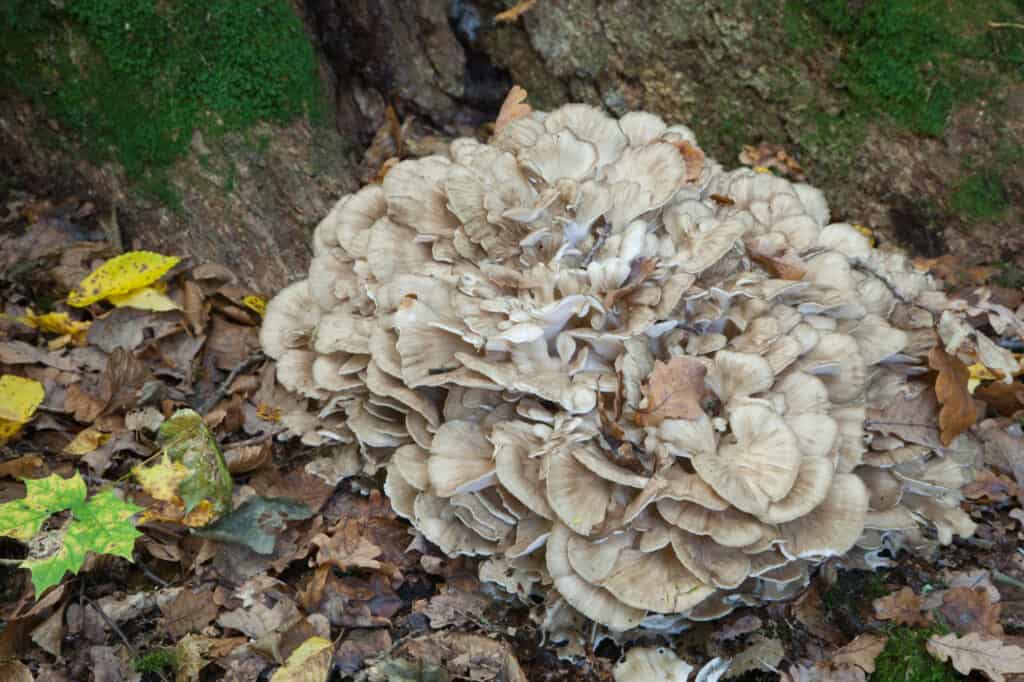
Not to be confused with the chicken of the woods mushroom, the hen of the woods mushroom grows at the base of trees rather than up the trunks. It grows in large clusters and is primarily found in forested regions of the Eastern United States. If you happen upon a mushroom that you think is a hen of the woods, bring it home, as most lookalikes of the hen of the woods are also not toxic.
8. Witch’s Butter
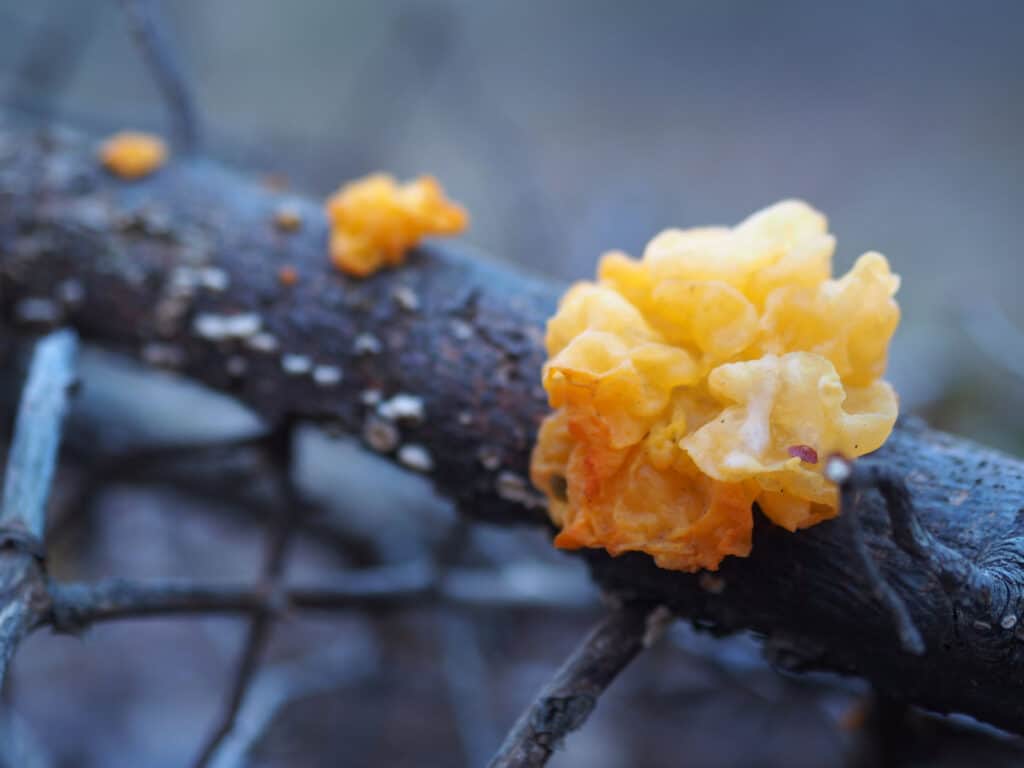
Classified as Tremella mesenterica, witches’ butter is an edible mushroom. Described as jelly-like and flavorless, witches’ butter has a long history of medicinal use and folklore. There may be some useful culinary applications for it, such as a natural thickening agent, but few people use it in this way. Some people like to candy them. It is commonly found around the world, particularly on the stumps of cut trees.
9. Shaggy Manes
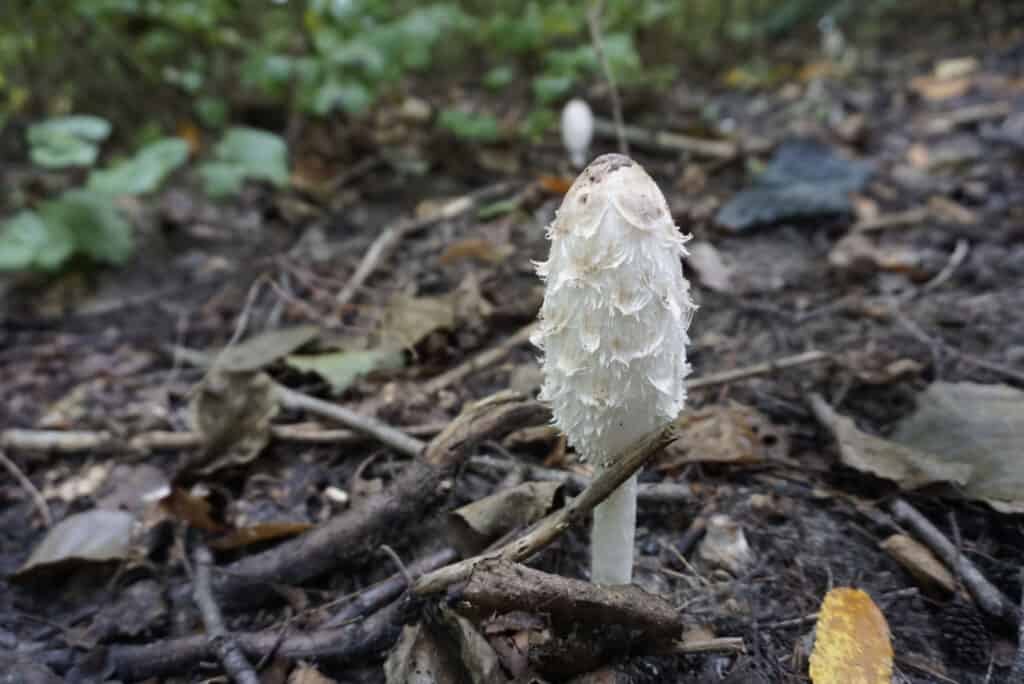
If you manage to find a shaggy mane mushroom in the wild, make sure that you pluck it before it starts to turn black. These are incredibly delicious and choice mushrooms to find for a risotto or any other recipe calling for mushrooms. However, as they turn black, their flavor becomes more and more bitter, so keep this in mind. They can be found in many locations around the world, particularly in semi-urban areas of Europe and North America where they are natives.
10. Lobster Mushrooms
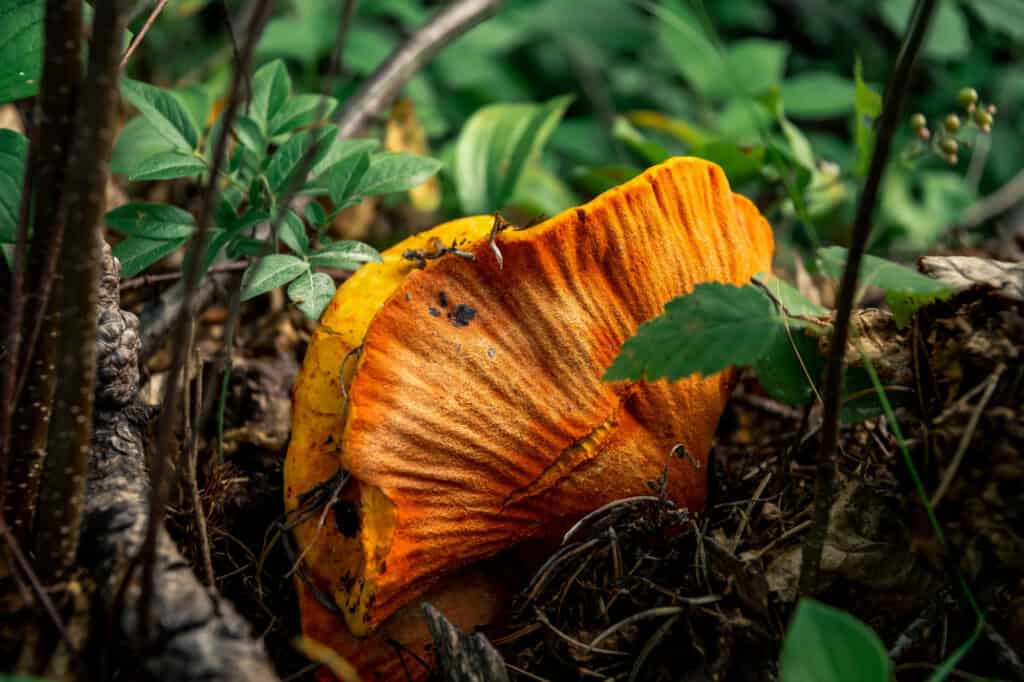
A striking color, the lobster mushroom is eaten in a culinary capacity because of its texture and flavor. Like its namesake, lobster mushrooms apparently taste and feel like you are eating seafood, though you’ll still have an undeniable mushroomy flavor accompanying each bite. Plus, the exterior of this fungus matches the shell of a cooked lobster almost precisely!
11. Giant Puffballs

One of the largest mushroom species out there has to be the giant puffball. Surprisingly, these mushrooms are indeed a type of edible mushroom, but you need to make sure that you forage for ones that are pure white in color rather than mottled with yellow or brown. While they don’t taste much, giant puffballs are ideal in a culinary capacity because they take on the flavor of whatever they are cooked with.
Editor’s Note: While A-Z Animals does its best to ensure the accuracy of its content and photography, do not eat wild mushrooms without firsthand knowledge from a local mycologist or mushroom expert as many types of mushrooms look similar.
What is the Most Poisonous Mushroom in the World?
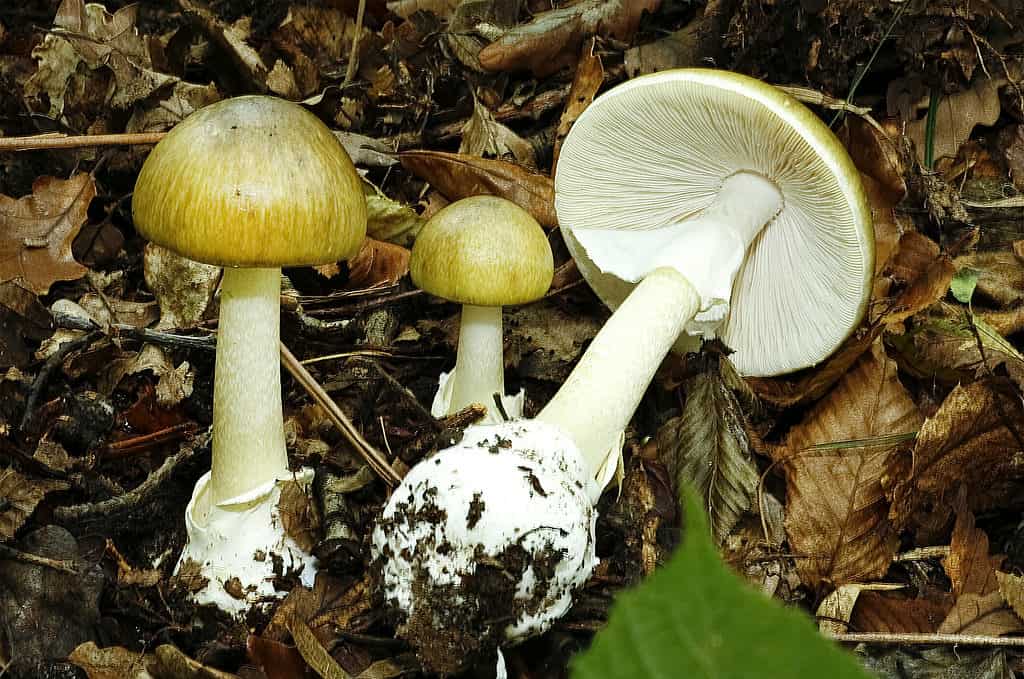
The death cap mushroom is largely considered to be among one of the deadliest mushrooms in the world. It contains alpha-amanitin which is responsible for causing kidney and liver failure. This deadly fungi looks innocent enough – but is responsible for most fatal mushroom poisonings worldwide. Ingestion of only half a cap can lead to death.
Symptoms of death cap mushroom poisoning are often delayed or minor, which is why many people do not seek help after ingestion. It is widespread in wooded areas from North Africa to the south coast of Scandinavia, to Ireland and Poland, western Russia, as well as the west coast and northeastern most portion of the United States.




Leave a Reply